A Professional Wedding Photographer that can offer 35mm film, Medium Format film and Digital Wedding Photography for discerning couples.
Film Wedding Photography – Having been a Dorset wedding photographer for over 20 years, I started my early wedding photography career photographing weddings on film cameras. In those days just about all-professional photographers would shoot weddings in a traditional way using Medium Format (MF) film. This was also known as 120 size film that produced a 6 x 6cm, 6 x 4.5cm or 6 x 7cm negative to print from. It’s hard to believe but with this size of negative you only got 12, 15 or 10 photographs per role of film. A professional photographer would usually take a maximum of six or seven rolls of medium format film at a wedding giving a maximum of 84 photographs (assuming 6 x 6cm) to select down to about 30 – 40 for the finished wedding album. This is very different to today’s style of shooting where literally hundreds of digital images can be taken at no extra cost. The benefits though were that this restriction made a photographer be more disciplined in their approach to taking wedding photos in terms of taking more care, time and thought into the photography because you had to make just about every frame count. There was no such thing as being able to discard so many duplicates for the sake of one or two good images as with the digital world today.
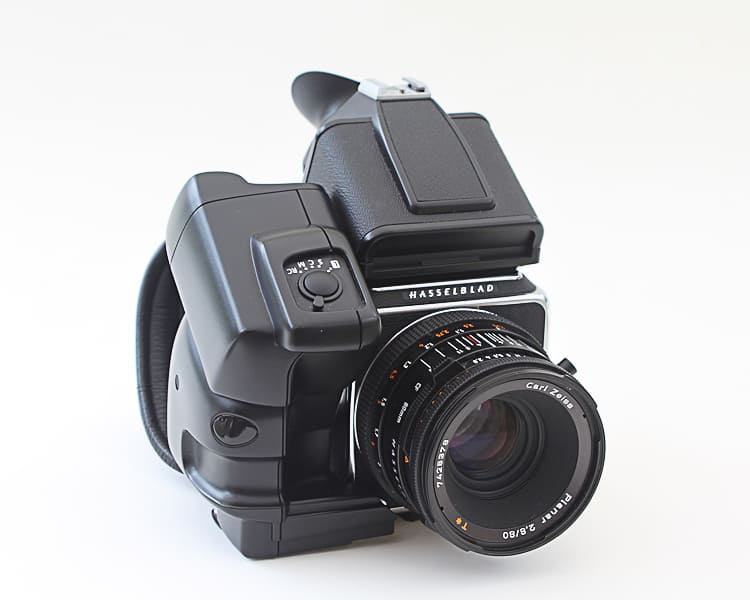
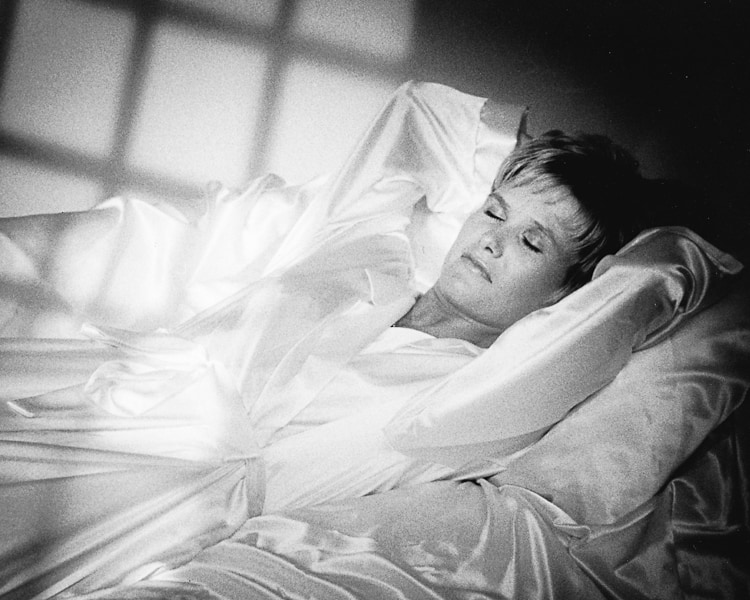
There was significant investment by two major companies Fuji and Kodak into the development of their colour films in terms of the grain size, sharpness and resolution. Physical toughness and longevity of the negatives were also an influencing factor.
Although Medium Format was the standard, there were photographers that would use 35mm film which allowed up to 36 photos per role. These photographers would generally restrict themselves to two or maximum of three rolls of film.
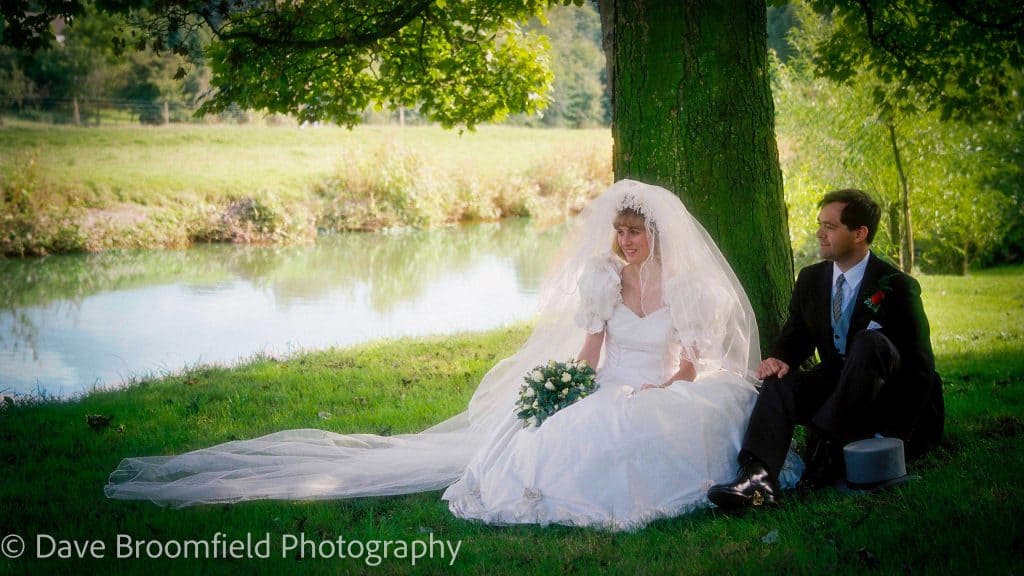
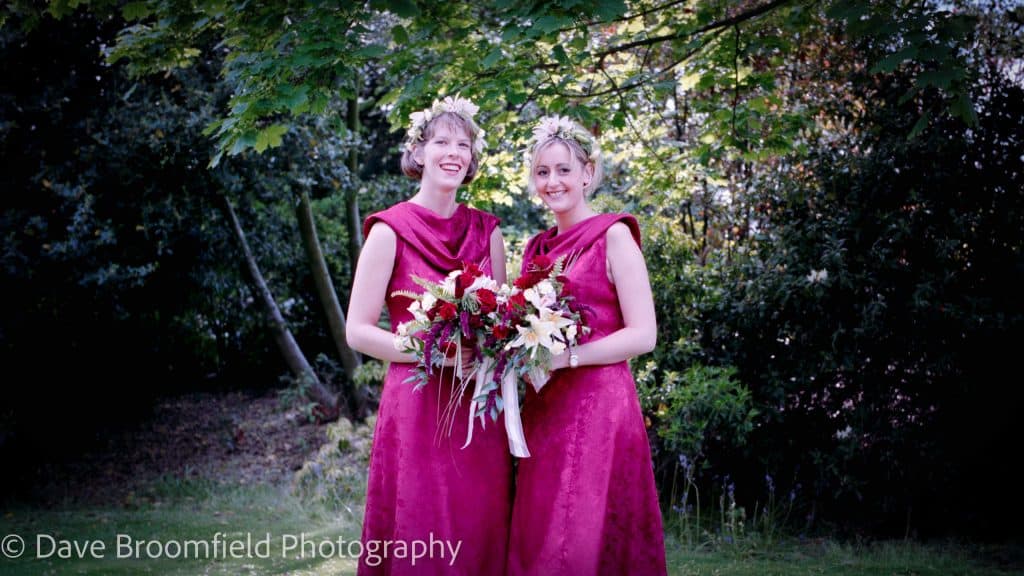
A few years later around the early 2000s a more modern candid approach was starting to supplement the traditional wedding photographs and a professional photographer would often still use their Medium Format cameras but supplement this with a 35mm camera usually loaded with fast Black and White film for a more candid grainy style. This was the background to where we are today with the ‘documentary’ style of coverage. The biggest benefit of film was that the negatives would pretty much last forever if stored correctly. In fact, I can place my hands on the film negatives for every wedding I’ve ever taken. How many photographers will be able to say that today with digital images stored on computers? With digital cameras it looked like there would never be any need for film again, although Fuji and Kodak still produce film. The video below shows a few samples of Medium Format Film Wedding Photography or by clicking here.

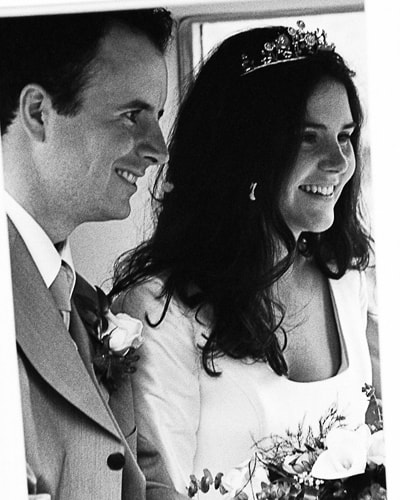
To give you an idea of how film images differ to digital, the colour photos on this page were taken on a Medium Format Hasselblad camera and the B&W were taken on a 35mm Canon camera with a zoom lens.
Like most things, ‘what goes around – comes around’ and now there has been a massive revival in film or analogue as it’s termed. It’s a bit like listening to vinyl records compared with CDs. This has resulted in some couples requesting either all or some of their wedding to be photographed on film. I am one of the few photographers that can offer Medium Format and 35mm Wedding Film Photography in the UK although there is an additional cost involved due to the price of film, processing and scanning expense. If this is of interest, please feel free to contact me with your thoughts on your requirements.
